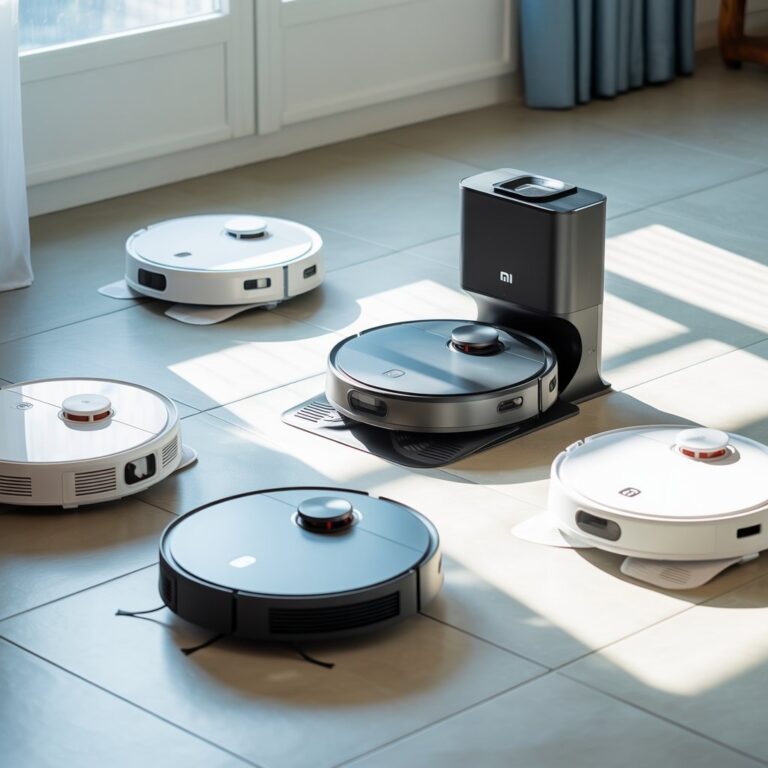Gone are the days when joinery was merely considered as a mechanism to link two pieces of wood. The custom joinery of the modern era has evolved to become a form of art itself, defining the silhouette of a space, and playing a crucial role in shaping our aesthetics. But what makes custom joinery so compelling? And why is it resonating with modern design principles? These are the questions we’ll investigate in this capacious discussion on custom joinery in contemporary design.
In essence, custom joinery can elevate the essence of each nook and corner of your home, transforming mundane spaces into captivating spectacles. It sheds light on the best ways to make functional use of every inch, even the most awkward of spaces. By assimilating it into your home or project design, you’re not just electing for effective spatial solutions, you’re also opting for a tale waiting to be told through craftsmanship, design, and individuality. As we delve further, we will explore how custom joinery can pave the way to the zenith of functionality and aesthetics.
The Evolution of Joinery in Modern Design
There is a subtle artistry behind custom joinery that makes it an omnipresent facet in virtually all design facets. Artisans are now striving to craft pieces that echo uniqueness, boasting a dazzling array of forms, from minimalist line-work to intricate patterns. By infusing personal interpretations and creativity, they not only meet their client’s functional demands but aesthetic aspirations as well.
Traditionally, joinery used rudimentary joints and fittings but contemporary design prefer an elevated approach. The new-age custom joinery envisages crisp edges, slender profiling, and precise detailing that extols a timeless panache. Plus, it does so without compromising on structural robustness and longevity, making it an ideal choice for modern homes.
Custom Joinery as a Functionality Enhancement Tool
Despite its decorative prowess, the central premise of custom joinery lies in optimizing space. It assuages the common dilemmas faced by designers, providing viable solutions for limited spaces, clutter management, and efficient usage strategy. By introducing custom joinery, spaces can be seamlessly equipped with units that cater to unique storage needs, ensuring an organized and aesthetically pleasing environment.
For instance, you can incorporate joinery into living rooms to create personalized entertainment units, display cabinets, or even versatile shelving solutions. Bedrooms can benefit from integrated wardrobing or multifunctional dressing units, thus making an effective use of every available inch.
The Aesthetical Brilliance of Custom Joinery
There’s no denying that the discerning appeal of custom-made joinery lies in its ability to reflect the personality of the inhabitants, infusing the space with an irreplaceable sense of bespoke luxury. By tailoring each piece of furniture to speak to your home’s particular narrative, joinery becomes more than a simple cabinet or shelf – it becomes part of the home’s very fabric.
Given its bespoke nature, the design possibilities with custom joinery are virtually limitless. Based on the ambiance you wish to create, you can explore a spectrum of finishes, patterns, and materials that resonate with your style.
Pros & Cons Of Custom Joinery
Every aspect of design comes with its fair share of pros and cons. The primary deterrent could be the cost, as bespoke joinery inherently demands a higher budget owing to the exacting craftsmanship and premium materials involved. Additionally, the timescale for the fabrication and installation of custom pieces can be significantly longer than ready-made options.
However, the benefits are peppered with longevity, customization, maximization of space and personalization, which makes it a worthy investment. Ultimately, the cost can be justified if seen as an investment in design excellence that stands the test of time, both in regard to durability and design.
Future Trends in Custom Joinery
The future of custom joinery seems to be leaning more towards sustainable practices, with increased consumer interest in environmentally conscious designs. There’s a growing preference for locally sourced materials, sustainable wood procurement, and the use of low-impact finishes or recycled materials in joinery.
Moreover, innovation in joinery techniques and machinery also promises more precision, consistency, and design accuracy. This welcomes the infusion of more daring, and ambitious designs, fulfilling the modern design mantra of pushing boundaries and defying conventions.
Conclusion
The incorporation of custom joinery in contemporary design is on the rise, owing to its idiosyncratic capacity to blend functionality and form. The shift in consumer preferences towards unique, personalized products fuels its evolution, and the current design climate values the individuality and aesthetic appeal that custom joinery offers.
Whilst cost and time can pose challenges, when factored against the longevity and inherent quality of a bespoke piece, they are outweighed by the returns. In lines with the sustainability trend, the future of joinery lies in environmentally friendly practises, presenting an exciting future for custom joinery in modern design. In essence, custom joinery is the key to unlocking functional and aesthetic potential of spaces, making it an invaluable tool in the design game.



